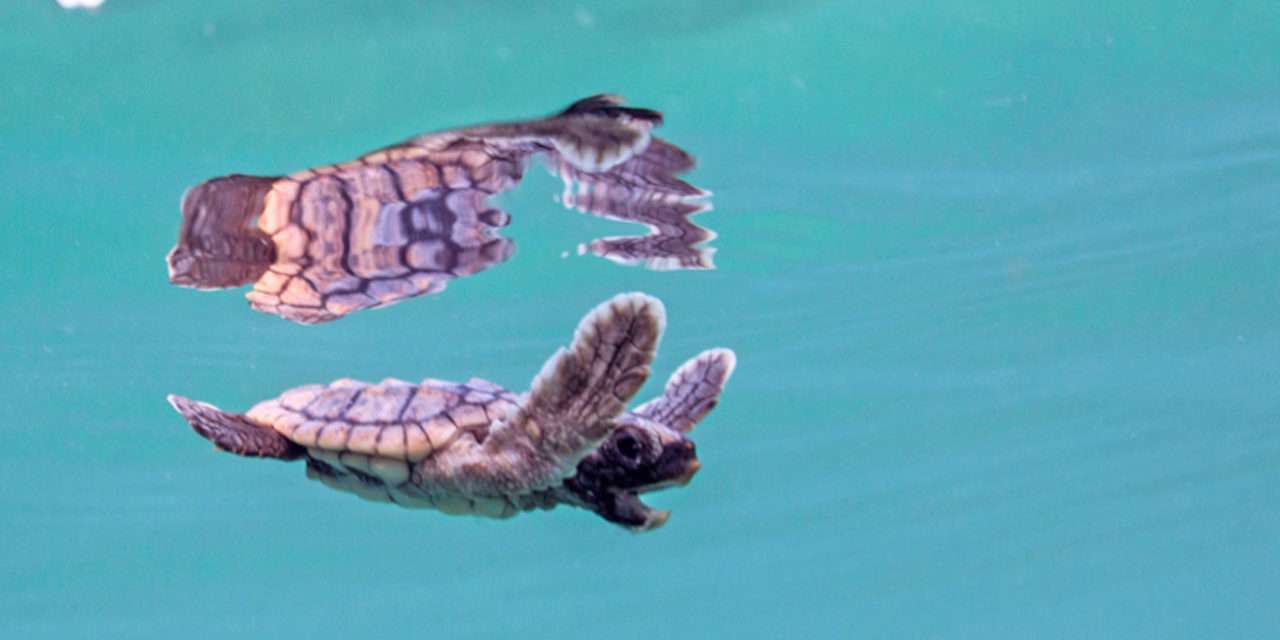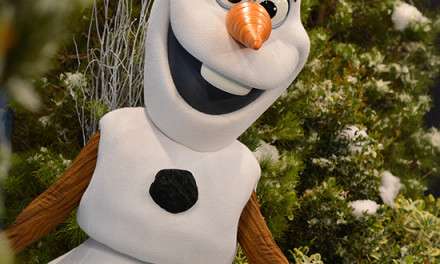Last month, people around the globe recognized World Sea Turtle Day, and I would venture to guess that the most famous of sea turtles – if you’re a Disney fan – is Crush, the turtle with a laid-back surfer attitude who appeared in “Finding Nemo” and returns in “Finding Dory
.”
Sea turtles in the wild might not be quite as chilled-out as Crush, as their lives are becoming more and more challenging. After inhabiting the Earth for millions of years, sea turtles have become endangered only the last 100 years or so.
This is one of the reasons the Disney Conservation Fund and Disney’s Animals, Science and Environment have joined the Archie Carr Center for Sea Turtle Research at the University of Florida to “Reverse the Decline” of these magnificent animals.
Only one in about 1,000 sea turtle hatchlings reach adulthood. During their rush to the ocean, sea turtle hatchlings face many challenges, including predators like birds, raccoons and crabs. Sand castles, beach furniture and litter can block their path to the ocean, and lights from buildings can lead them off course.
And that’s just minutes after they’ve hatched! If they’re lucky, and our efforts are successful, sea turtles will enjoy long, happy lives.
By conducting research on the shores at Disney’s Vero Beach Resort each year, our Disney conservation team is learning more about the habits of these turtles. Through the Disney Conservation Fund’s support for the “Reverse the Decline” initiative, we are also helping nonprofit organizations increase public awareness, develop conservation strategies, monitor populations, and restore marine habitat and beach-nesting areas.
You can help, too, by taking action:
- When you choose sustainable-seafood options, you support fishing practices that are safer for sea turtles and that encourage positive change to fishery practices.
- If you live or vacation near a beach, make sure your lights don’t shine on the beach.
- Trash at sea is very harmful to sea turtles. Young sea turtles commonly mistake bits of plastic as their food. Plastic bags are especially harmful because they are similar in form and color to a favorite sea turtle food—jellyfish. Ropes, lines and other synthetic debris can entangle sea turtles, causing severe injuries.
- Even if you don’t live near a waterway, understand that all storm drains lead to one, so you can help protect sea turtles no matter where you live by putting trash in its proper place.
- Recycle! When you recycle, your trash will have a second life, which means fewer resources are used to make new products. You can also reduce waste by choosing reusable items instead of disposable items.
Thanks to Mario Cisneros for the wonderful photo.




